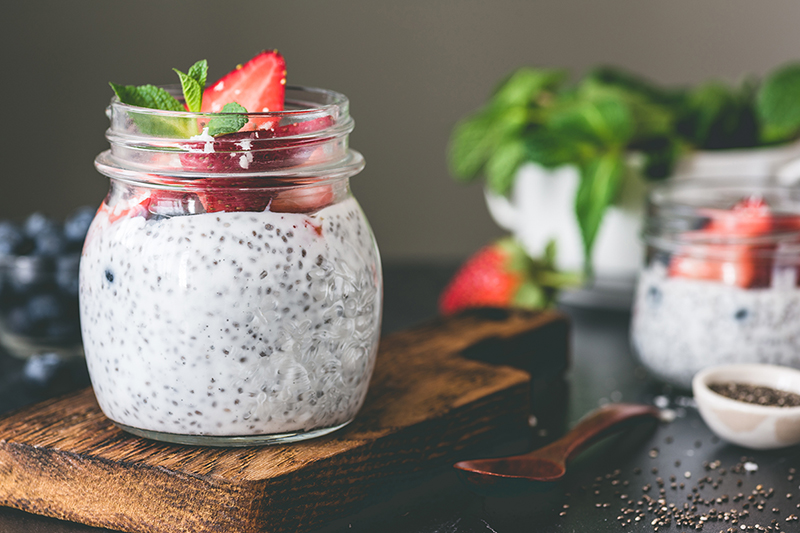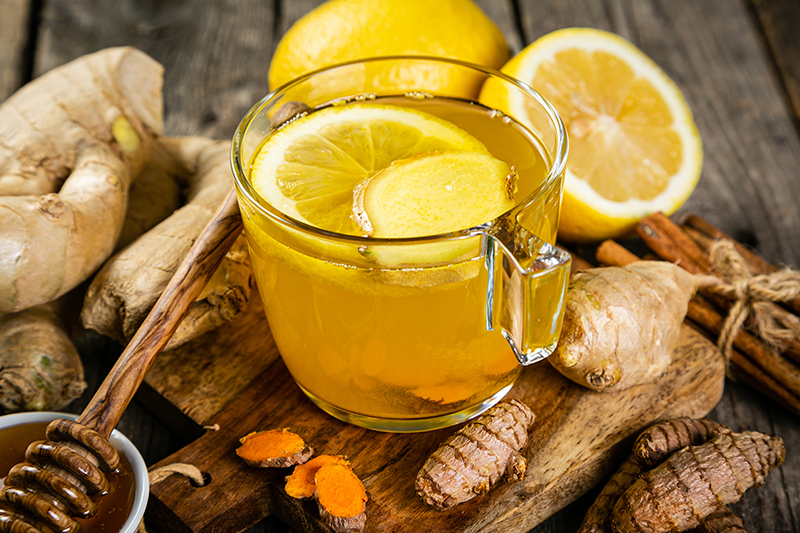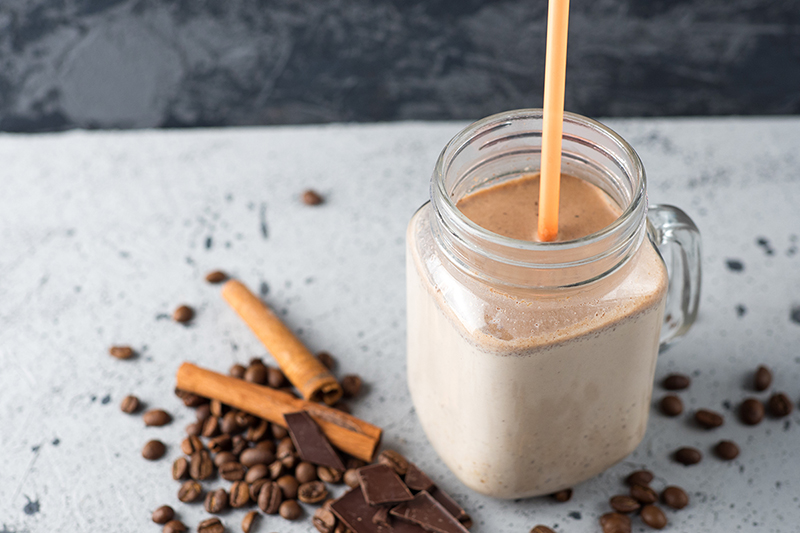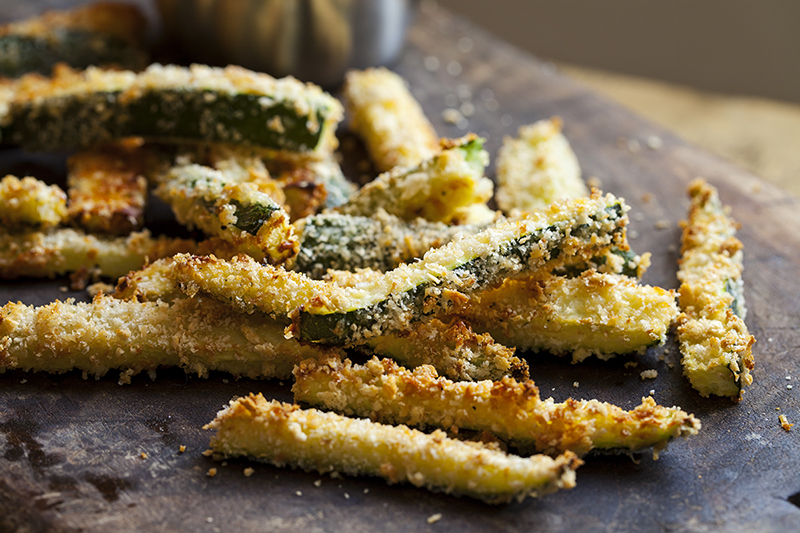Are You Eating Enough Plants?
Getting more fruits and veggies in your diet doesn’t have to be as painful as it sounds!
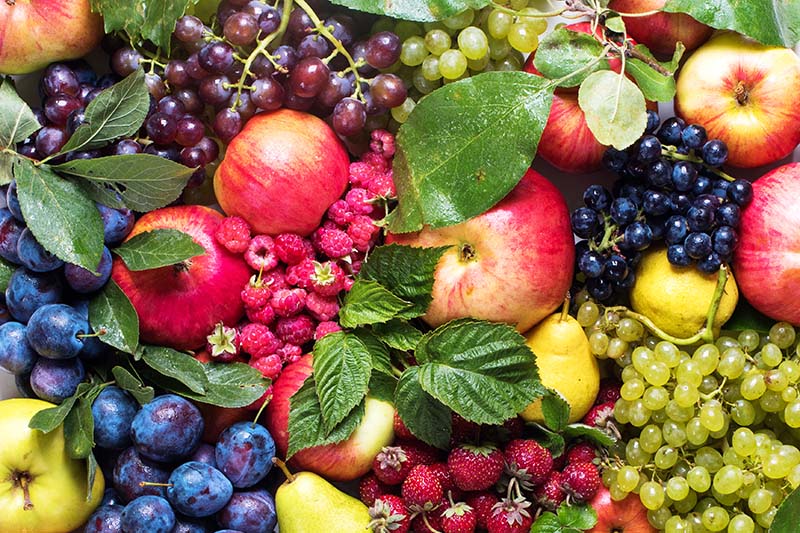
The days are shorter, there’s a chill in the air, and pumpkin spice is everywhere. It’s fall, which also means that winter is just around the corner. And while you may have enjoyed fruit salads and spinach smoothies all summer, your beloved fresh produce might be a bit harder to come by in the next few months. But not to worry, there are loads of ways you can still fit those fruits and veggies, along with all of their nutrients, into your meal plan.
But first of all, what are the benefits of a plant-based diet anyway? Well according to research, plant-based diets are becoming more and more popular because they are known to reduce significant amounts of chronic inflammation, they lower risks for chronic illnesses like diabetes and heart disease, they reduce risks for dementia and improve overall gut health, they can prevent certain cancers and can also lessen arthritis pain.
But whether you choose to go full vegan or you still enjoy a hamburger from time to time, getting nutrients and vitamins from real, organic sources is important for your health.
Here are a few ideas to help you get more plants in your diet:
Eat a rainbow
No not an actual rainbow. Instead, consider basing your daily meal plans around eating all the colors of the rainbow. Include leafy greens, bright orange carrots or yams, red peppers and apples, and yellow bananas. The colors found in fruits and vegetables are derived from their nutrients.
More information can be seen in this table below with data from recent studies:
| Color | Fruits and Vegetables | Benefits | Nutrients |
| Yellow or Orange | Oranges, tangerines, sweet potatoes, bananas, carrots, pineapple, pumpkin | Can reduce inflammation, support eyesight and health and lower your risk for heart disease |
Vitamin A, fiber, potassium, vitamin C |
| Red | Tomatoes, watermelon, grapefruit, beets, red potatoes | Anti-inflammatory, filled with antioxidants, reduces high blood pressure, and lowers risk for heart disease |
Vitamin A, vitamin C, vitamin K1, magnesium |
| Green | Spinach, peppers, romaine lettuce, broccoli, celery, asparagus, avocados, kale, | Anti-inflammatory, can lower risk of cancer and heart disease |
Fiber, magnesium, folate, potassium, vitamin A |
| Blue or Purple | Blueberries, eggplant, blackberries, red cabbage |
Increase brain function and reduce risk for neurological disorders and certain cancers |
Fiber, vitamin B6, manganese, potassium, vitamin c, vitamin K1 |
Eating a variety of different-colored fruits and vegetables each day will help you get all the nutrients you need in your diet.
Play hide-and-seek
If you and vegetables are not the closest friends, there are tricky ways you can get more vegetables in your diet without truly tasting them. You can hide them in your favorite recipes. Try cooking hearty soups that include spices that override the vegetable taste, or you can simply add a vegetable to your casserole-like foods like diced broccoli in your macaroni and cheese or adding peas to your pasta. Cauliflower is also a powerhouse of a vegetable because it’s virtually tasteless yet filled with countless nutrients. Cauliflower can be used to replace mashed potatoes, heavy creams in soup, rice, and even pizza dough. Eating fruits with nut butters or other toppings can also help you cringe less when you’re trying to increase your fruit intake! Get creative with your game of veggie and fruit hide-and-seek.
Go for a smoothie
Food for thought: studies have proven that the nutritional value of fruits and vegetables doesn’t decrease with canning or freezing. So give green smoothies a try with your favorite frozen fruits. You can mix an assortment of fruits, protein powders, nut butters, milk, and a whole lot of spinach or kale (you won’t taste the greens) for a powerful veggie-filled drink. In fact, here are a few recipes for some highly beneficial green smoothies that will also help you get your rainbow of colors checked off for the day.
Everyone could benefit from focusing on their fruit and vegetable intake. So give plant-based eating a try, and live your healthiest life.

